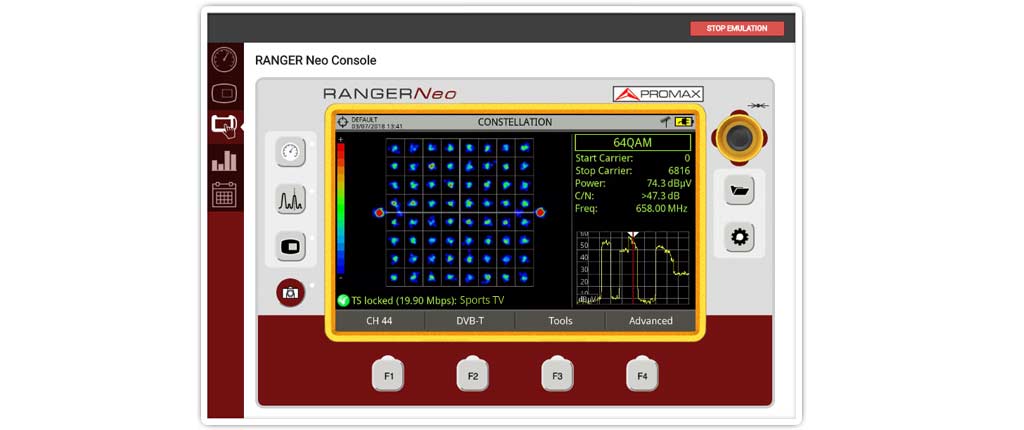

As in DNS amplification, a small request triggers a much larger response, allowing a maximum amplification ratio of 1:200. NTP amplification – A get monlist request, containing a target’s spoofed IP address, is sent to an unsecure NTP server.For example, a network with 50 connected hosts results in a 1:50 amplification. The degree of amplification is based on the number of devices to which the request is broadcast. Smurf attack – An ICMP Echo request is sent from a target’s spoofed address to an intermediate broadcast network, triggering replies from every device on that network.Each 60 byte request can prompt a 4000 byte response, enabling attackers to magnify traffic output by as much as 1:70. DNS amplification – An ANY query originating from a target’s spoofed address is sent to numerous unsecured DNS resolvers.The perpetrator’s goal is to amplify their traffic output by triggering large responses from much smaller requests.Ĭommon reflected DDoS attack methods include: Bypass security scripts, devices and services that attempt to mitigate DDoS attacks through the blacklisting of attacking IP addresses.Ī reflected DDoS attack uses IP spoofing to generate fake requests, ostensibly on behalf of a target, to elicit responses from under protected intermediary servers.Prevent targets from notifying device owners about an attack in which they are unwittingly participating.Avoid discovery and implication by law enforcement and forensic cyber-investigators.shepherds), to max out their target’s resource capacity, resulting in server downtime and network saturation.īotnets are typically comprised of either random, geographically dispersed devices, or computers belonging to the same compromised network (e.g., hacked hosting platform).īy using spoofed IP addresses to mask the true identities of their botnet devices, perpetrators aim to:

Such floods enable botnet operators, (a.k.a. They can be instructed to collectively access a given domain or server, providing perpetrators with the computing and networking resources to generate huge traffic floods. IP address spoofing is used for two reasons in DDoS attacks: to mask botnet device locations and to stage a reflected assault.Ī botnet is a cluster of malware-infected devices remotely controlled by perpetrators without the knowledge of their owners. IP spoofing is a default feature in most DDoS malware kits and attack scripts, making it a part of most network layer distributed denial of service DDoS attacks. IP address spoofing is the act of falsifying the content in the Source IP header, usually with randomized numbers, either to mask the sender’s identity or to launch a reflected DDoS attack, as described below.


 0 kommentar(er)
0 kommentar(er)
